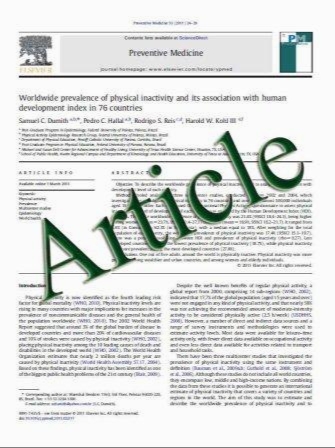Isolated blunt chest injury leads to transient activation of circulating neutrophils
- نوع فایل : کتاب
- زبان : انگلیسی
- مؤلف : T. Visser F. Hietbrink K. M. Groeneveld L. Koenderman L. P. H. Leenen
- چاپ و سال / کشور: 2010
Description
Introduction The acute respiratory distress syndrome (ARDS) is a severe and frequently seen complication in multi-trauma patients. ARDS is caused by an excessive innate immune response with a clear role for neutrophils. As ARDS is more frequently seen in trauma patients with chest injury, we investigated the influence of chest injury on the systemic neutrophil response and the development of ARDS. Materials and methods Thirteen patients with isolated blunt chest injury [abbreviated injury score (AIS) 2–5] were included. To avoid systemic inflammation caused by tissue damage outside the thorax, injuries to other regions than the chest did not exceed an AIS of 2. At 3, 9 and 24 h after injury, the expression of circulating activating molecules on neutrophils and levels of circulating interleukine (IL)-6 were determined. Blood samples from eight healthy volunteers were used as control. Results Blunt chest injury resulted in the activation of circulating neutrophils, as characterized by a decreased expression of L-selectin (CD62L), CXCR2 (CD182b) and C5aR (CD88) compared to control (p\0.05). Expression of L-selectin, CXCR2 and C5aR was partially restored at 24 h after injury. In addition, the mean expression of FccRIII (CD16) dropped (p\0.001), indicating the recruitment of young neutrophils into the circulation. IL-6 levels increased to a maximum mean concentration of 86 ± 31 pg/ml at 24 h postinjury. None of the patients developed ARDS. Conclusion Blunt chest trauma caused a systemic inflammatory reaction with transient activation of neutrophils and mobilization of young neutrophils into the circulation. Isolated chest injury, however, was not abundant enough to cause ARDS, so a second hit appears crucial.
Eur J Trauma Emerg Surg (2011) 37:177–184 DOI 10.1007/s00068-010-0041-x Received: 26 February 2010 / Accepted: 7 July 2010 / Published online: 27 July 2010


